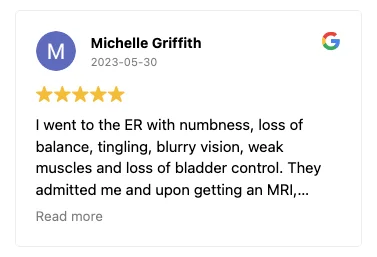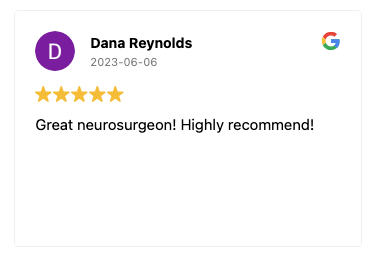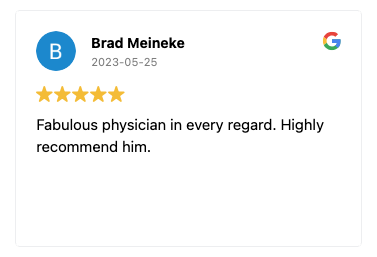A Comprehensive Guide to Anterior Cervical Discectomy and Fusion (ACDF)
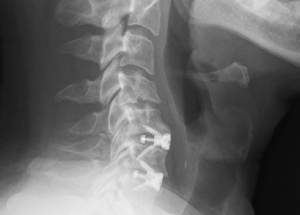
Introduction to Anterior Cervical Discectomy and Fusion (ACDF)
Anterior Cervical Discectomy and Fusion, commonly known as ACDF, is a pivotal surgical procedure in the field of spinal surgery.
This operation focuses on alleviating chronic pain and discomfort in the neck and back regions, primarily caused by herniated or degenerative discs in the cervical spine.
ACDF has emerged as a beacon of hope for many suffering from debilitating spinal conditions, offering a path to improved quality of life.
What is ACDF?
ACDF involves a meticulous process of removing a damaged disc from the neck area to relieve undue pressure on spinal nerves or the spinal cord.
The surgery commences with a strategic incision in the throat area, allowing surgeons direct access to the cervical spine.
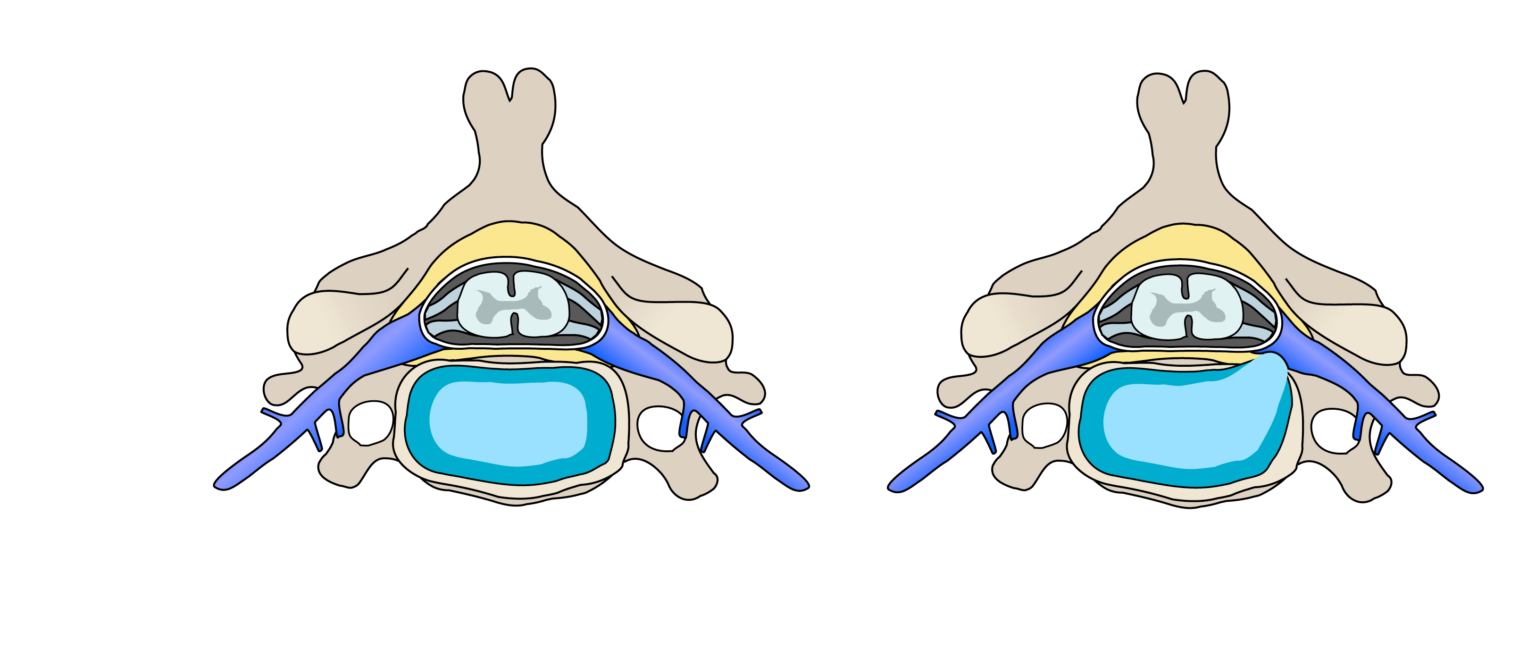
Once the problematic disc is removed, a graft is strategically placed to facilitate the fusion of the bones adjacent to the removed disc.
This fusion process is integral to the procedure, aiming to restore the structural integrity of the spine.
How Does ACDF Work?
Understanding the steps of ACDF provides insight into its complexity and the skill required to perform this surgery:
Procedure Initiation:
The surgery begins with a precise incision in the neck.
This incision is crucial as it provides the surgeon with direct access to the cervical spine, minimizing potential damage to surrounding tissues and ensuring a focused approach to the disc removal.
Disc Removal and Fusion:
Post the removal of the damaged disc, a significant void is left in the spinal column.
To prevent any potential collapse of this space, a spacer bone graft is inserted. This graft is key to maintaining structural stability and promoting the fusion of the vertebrae.
Healing and Fusion Process:
Post-surgery, the body’s natural healing mechanism kicks in.
New bone cells start to form around the graft, gradually leading to a fusion of the vertebrae.
This fusion is critical to the success of the procedure and usually takes between 3 to 6 months.
Motion Post-Surgery:
Patients may experience some limitation in their range of motion post-surgery.
This limitation varies based on several factors, including the number of spinal levels fused.
Artificial Disc Replacement:
As a modern alternative to fusion, artificial disc replacement has been gaining traction.
This method preserves motion, unlike fusion which restricts it.
Who is a Candidate for ACDF?
ACDF is not a universal solution for all spinal problems. The first step is to see a specialist spine surgeon like Dr Baker. It is specifically recommended for individuals experiencing:
Herniated or degenerative discs.
Pronounced weakness in the arm or hand.
Arm pain exceeding neck pain.
Inadequate response to physical therapy or medication.
Conditions Treated by ACDF
Understanding the conditions that ACDF can effectively treat is crucial for patients considering this surgery:
- Herniated Disc: This condition arises when the disc's central portion bulges or ruptures, leading to nerve compression, pain, and swelling.
- Degenerative Disc Disease: Age-related changes cause discs to dry out and thin, leading to vertebrae rubbing and pinching nerves.
- Cervical Stenosis/Myelopathy: Characterized by the narrowing of the spinal canal, this condition results from bulging discs, enlarged facet joints, and thickened ligaments, leading to spinal cord compression.
Making the Surgical Decision
The decision to undergo ACDF should be made after thorough consideration and consultation with healthcare professionals. It's crucial to understand the risks, benefits, and potential outcomes of the surgery.
Bone Graft Options in ACDF
Bone grafts play a pivotal role in ACDF, aiding in the fusion process. Various options are available, including:
- Autograft: Harvested from the patient’s bone, it offers a high fusion rate but may lead to postoperative pain at the harvest site.
- Allograft: Sourced from a donor, it lacks bone-growing cells but is combined with shavings from the patient’s bone.
- Bone Graft Substitutes: These include manufactured materials designed to mimic the properties of real bone.
The Surgical Team's Role
The complexity of ACDF necessitates a skilled surgical team, typically comprising neurosurgeons or orthopedic surgeons. These professionals possess specialized training in complex spinal surgeries, ensuring the procedure's success.
Pre-Surgical Preparations
Pre-surgical preparations are as critical as the surgery itself. This phase involves a comprehensive medical review, cessation of certain medications, and lifestyle modifications like quitting smoking, which is crucial for successful fusion and overall recovery.
Post-Surgical Care and Recovery
Post-surgical care is vital to ensure a smooth recovery. This includes monitoring for any complications, adherence to prescribed physical limitations, and regular follow-up appointments.
A typical recovery period can range from 4 to 6 weeks, depending on various factors such as the patient's overall health and the complexity of the surgery.
Long-Term Outcomes and Considerations
Post ACDF, patients often wonder about the long-term implications and lifestyle adjustments they may need to make. It’s essential to understand that while ACDF can offer significant relief from symptoms, it’s not a guaranteed cure for all spinal issues.
- Range of Motion: While ACDF stabilizes the spine, it may limit the range of motion to a certain extent. The extent of this limitation largely depends on how many levels of the spine were fused. Single-level fusions typically have a minimal impact on neck mobility, while multi-level fusions might lead to more noticeable restrictions.
- Adjacent Segment Disease (ASD): A possible long-term complication of ACDF is ASD, where the discs adjacent to the fusion site may undergo accelerated degeneration. This is an area of active research, and it’s still unclear if ASD is a direct consequence of spinal fusion or a continuation of the natural degenerative process.
- Recurrence of Symptoms: Some patients may experience a recurrence of neck pain or other symptoms. In such cases, a thorough evaluation is necessary to determine the cause, which could range from non-union of the fused bones to issues unrelated to the initial surgery.
Rehabilitation: Path to Recovery
Postoperative rehabilitation is a crucial step in the journey towards full recovery. Most patients undergo physical therapy, starting a few weeks post-surgery, focusing on:
- Pain Management: Initially, therapy aims to manage pain and reduce inflammation.
- Restoring Mobility: Gradual exercises are introduced to improve neck mobility and strength.
- Long-Term Health: Educating patients on maintaining spinal health, proper posture, and ergonomic practices.
Lifestyle Post-ACDF: Adjustments and Precautions
Life after ACDF might require some adjustments, particularly in the first few months following surgery. Patients are generally advised to:
- Avoid heavy lifting and strenuous activities.
- Practice correct posture and ergonomic techniques in daily activities.
- Maintain a healthy lifestyle, including regular exercise once cleared by the surgeon.
Understanding the Risks and Complications
While ACDF is a generally safe procedure, like any surgery, it comes with potential risks and complications. These might include:
- Infection: Both at the surgical site or in the vertebrae.
- Non-Union: Failure of the bone graft to properly fuse.
- Hardware Issues: Problems with the plates and screws used in the surgery.
- Voice Changes: Temporary hoarseness due to nerve impact during surgery.
- Swallowing Difficulties: Usually temporary, but can be persistent in rare cases.
The Importance of Follow-Up Care
Regular follow-up visits with the surgeon are vital to monitor the progress of spinal fusion and overall recovery. These visits also provide an opportunity to address any concerns or complications that may arise.
Conclusion and Final Thoughts
ACDF is a significant surgical intervention with the potential to profoundly improve the lives of those suffering from specific spinal conditions.
It’s a decision that requires careful consideration, informed discussions with healthcare professionals, and a commitment to post-surgical care and lifestyle adjustments. With the right approach and mindset, ACDF can be a transformative step towards a life free from debilitating spinal pain.
Dr. Abdul Baker - An Expert Neurosurgeon in Texas
Every neurosurgery has its complications; thus, a patient must choose the best neurosurgeon for himself. Dr. Abdul Baker is one of the most experienced and qualified neurosurgeons in Texas, treating patients for more than 16 years. People in Sherman, Plano, and nearby areas trust him for every kind of neurosurgery due to his surgical procedures’ 100% success rate. You may visit him if you need any consultancy or treatment regarding your brain and spine disorders.


Dr. Baker specializes in neurosurgery, neurosurgical spine surgery, neurotrauma, brain tumors, spinal tumors, and peripheral nerve damage treatment.
